
What Is Employee Monitoring? A Comprehensive Guide
Curious how companies are monitoring their employees without making them feel intrusive or violated? Well, that’s where employee monitoring software steps in! In case you didn’t know, employee monitoring is the process of using several workplace surveillance techniques to learn more about the employee activities. In this blog, we’re breaking down what employee monitoring is all about, to provide a clear & brighter picture on it. Read along to find out more.
The Basics of Employee Monitoring
Employee monitoring is the process of keeping track of employee activity data in order to increase worker engagement, and streamline ineffective procedures. It brings about numerous advantages, such as it:
 Boosts productivity and efficiency.
Boosts productivity and efficiency.
 Cultivates accountability and transparency.
Cultivates accountability and transparency.
 Safeguards data security.
Safeguards data security.
 Ensures policy compliance.
Ensures policy compliance.
Evolution of Employee Monitoring
Timeline
The historic timeline of employee monitoring has evolved over the years with advances in technology, changes in labor laws, and shifts in organizational culture. Here’s a broad overview:
1844
The first time clock was invented by Daniel M. Cooper to track the working hours of factory employees
Late 1800s
Employers begin using basic attendance registers and manual timekeeping systems
1920s-1930s
Punch card time clocks become widespread, allowing for more accurate time tracking
1950s
Early forms of closed-circuit television (CCTV) are introduced for security purposes but are not yet used extensively for employee monitoring
1970s-1980s
Computerized time and attendance systems become more prevalent, allowing for more efficient tracking of work hours
1980s
Early versions of computer monitoring software emerge, focusing on keystroke logging and basic activity monitoring
1990s
Email and internet usage monitoring tools are introduced to address concerns about work productivity and misuse of company resources
1994
The Communications Assistance for Law Enforcement Act (CALEA) in the U.S. requires telecommunications carriers to assist law enforcement in intercepting communications
Early 2000s
Employers begin implementing more sophisticated software to monitor internet and computer usage, raising concerns about employee privacy
2002
The Sarbanes-Oxley Act in the U.S. increases the focus on corporate governance and accountability. This led to heightened monitoring of financial transactions and communications
2010s
Advances in technology resulted in the development of more sophisticated employee monitoring tools. This included GPS tracking for mobile employees and advanced analytics for behavior analysis
2018
The General Data Protection Regulation (GDPR) is implemented in the European Union. This placed restrictions on the collection and processing of personal data, including employee data
2020s
Employee monitoring tools continue to evolve especially with remote work culture, incorporating artificial intelligence, machine learning, and advanced analytics for more comprehensive insights
Ongoing
Balancing the use of employee monitoring tools with privacy concerns remains a significant challenge for organizations and regulators globally
Challenges in Remote Work and the Role of Employee Monitoring
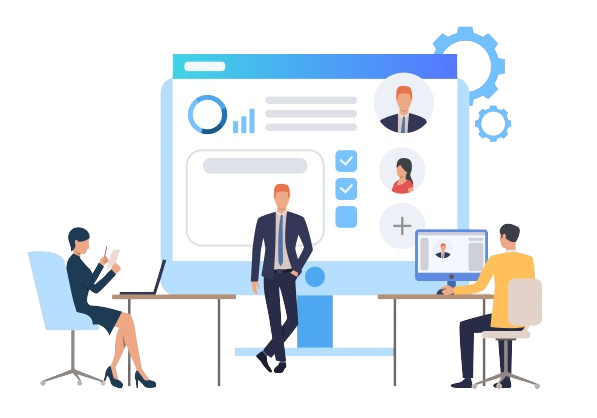
The advent of remote work has revolutionized the way businesses operate, presenting both opportunities and challenges. As teams become increasingly dispersed, organizations struggle with unique hurdles that demand innovative solutions. Hence, remote employee monitoring emerges as a crucial tool in managing these challenges.

Communication
Remote work often leads to communication challenges due to reliance on digital platforms, differing time zones, and lack of face-to-face interaction. Misunderstandings can arise from misinterpretation of messages, leading to delays in projects and decreased team cohesion.

Collaboration
Without physical presence, collaboration among remote team members becomes more complex. Coordinating tasks, sharing resources, and brainstorming ideas may suffer, impacting the quality and efficiency of work outcomes. Maintaining a sense of teamwork and shared purpose becomes vital yet challenging.

Accountability
Monitoring employee performance and ensuring accountability becomes trickier in remote settings. Without direct supervision, it’s harder to track progress, address issues promptly, and maintain consistent productivity levels. Establishing clear expectations and mechanisms for accountability becomes paramount to prevent slippage in performance.
But, how can organizations address these challenges and develop a successful virtual work environment?
In that case, a remote workforce monitoring tool comes as an ultimate solution. Wondering why? Because, it is a strategic approach to managing geographically dispersed teams. This includes the use of remote work monitoring software designed to track and analyze various aspects of remote work.
By implementing remote workforce monitoring software, organizations can gain real-time insights into employee productivity and overall team collaboration. As such, this enhances a more transparent and efficient remote work environment.
Impact of Monitoring on Remote Employee Productivity and Collaboration
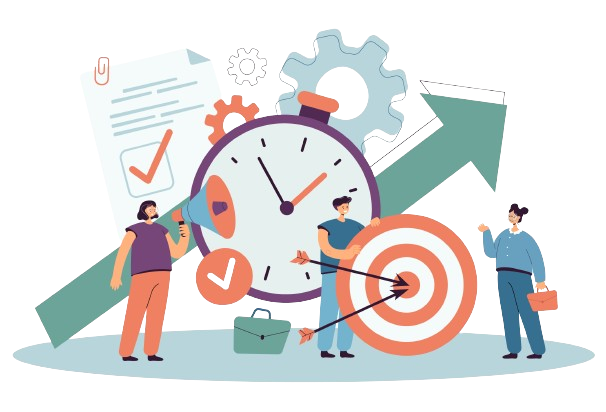
The need for employee monitoring software has never been more evident. In the realm of remote work, where physical presence is replaced by digital interactions, organizations require a comprehensive solution to gauge, enhance, and optimize employee productivity.
Thus, employee monitoring software offers real-time insights into remote work activities, enabling organizations to identify bottlenecks, streamline workflows, and boost overall productivity. Okay, so now you might be thinking how monitoring tools can enhance the remote work environment?
Well, the answer lies in fostering collaboration in virtual spaces.
Collaboration is the prime focus of successful remote teams. Employee monitoring facilitates collaboration by providing visibility into team dynamics, work progress, and individual contributions.
Employee monitoring within remote work stands as a backbone, addressing challenges and maximizing the potential of distributed teams. According to a recent article by Gartner, 74% of CFOs plan to shift at least 5% of their previously on-site workforce to permanently remote positions post-COVID-19. This highlights the growing significance of remote workforce monitoring in adapting to the changing dynamics of the modern workplace.
Key Metrics And Kpis In Employee Monitoring
A key performance indicator (KPI) is an approach for measuring both overall company success and individual employee performance. You can assess your progress toward a particular business goal by tracking KPIs.
However, in the context of employee monitoring, understanding the important metrics and KPIs are paramount. Know why? These metrics serve as the roadmap for organizations, guiding them in measuring employee performance and ultimately contributing to organizational success.
Important Metrics and KPIs in Employee Monitoring
The following serves as the most significant metrics and kpis in employee monitoring:
 Productivity
Productivity
 Productive time
Productive time
 Time at work
Time at work

Active vs. Idle Time
Active vs. idle time compares the duration an employee spends actively working on tasks against idle or unproductive periods, aiding in identifying time-wasting patterns and optimizing workflow.
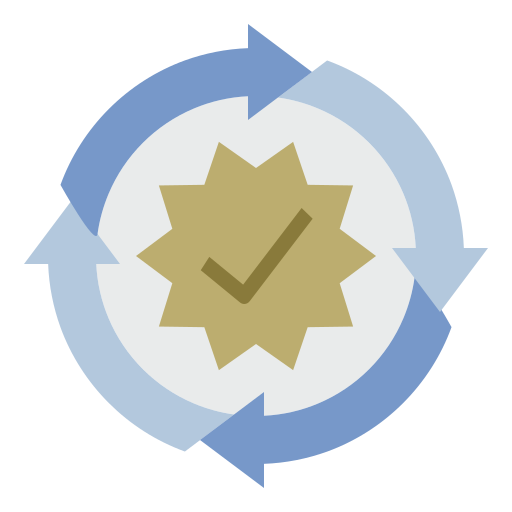
Work Quality
Work quality evaluates the standard of an employee’s output, providing insights into their competency, attention to detail, and overall contribution to the organization’s objectives.
Here are some of the ways in which these metrics drive success in employee monitoring:
 Measuring Employee Performance
Measuring Employee Performance
 Improving Productivity
Improving Productivity
 Contributing to Organizational Success
Contributing to Organizational Success
Now, let us look at each in detail.
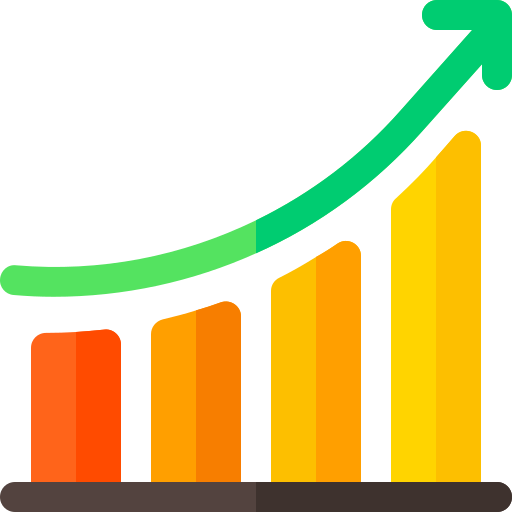
Measuring Employee Performance
Accurate measurement of employee performance is the prime element of success. By utilizing the aforementioned metrics, organizations gain an understanding of how individual contributions align with overarching goals. This insight improves employee satisfaction & allows for targeted feedback, personalized development plans, and the identification of high-performing individuals.

Improving Productivity
Efficiency is the backbone of productivity. Equipped with real-time data on time utilization, task completion rates, and active vs. idle time, organizations can implement strategies to eliminate shortcomings, streamline processes, and optimize workflows. This leads to a tangible boost in overall productivity.
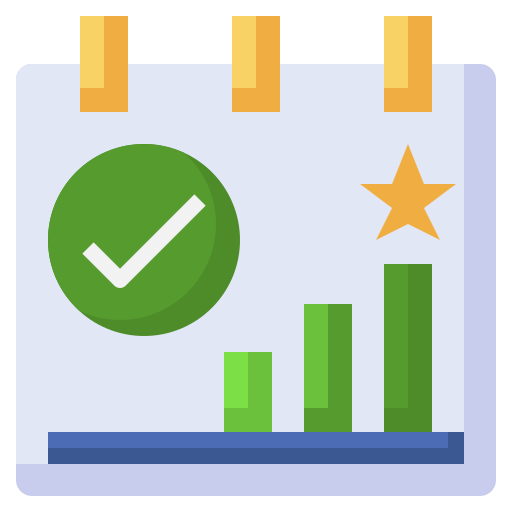
Contributing to Organizational Success
The collective impact of improved employee performance and heightened productivity ripples through the organization, resulting in overall success. As such, meeting deadlines, maintaining high work quality, and maximizing time utilization contribute to the achievement of strategic objectives.
Balancing Productivity and Privacy in Employee Monitoring
Balancing productivity without hampering the privacy of an employee is of the utmost importance for corporate success when it comes to employee monitoring. Creating standards that balance employee monitoring require careful consideration of both individual rights and organizational interests, particularly when it comes to remote work.
Having said that, organizations must establish clear and transparent policies regarding employee monitoring. These policies should articulate the purpose of monitoring, the specific data collected, and how it aligns with organizational objectives. Achieving this balance is vital in fostering a trustworthy and supportive atmosphere within the team.
Employee concerns and resistance to monitoring are not uncommon. However, some people might not like being monitored because they worry it’s invading their privacy, they feel others don’t trust them, or they’re scared of being monitored too closely. It’s really important to deal with these problems directly to make sure everyone feels happy at work.
Employee Monitoring: Strategies for Building Trust Among Employees
When best strategies are implemented to monitor employees, this will enhance the trust within them. Let us look at few of the strategies;

Communication is Key
Transparent communication about the purpose and benefits of employee monitoring is fundamental. Clearly articulate how monitoring contributes to overall productivity, enables fair performance evaluations, and ensures a secure work environment.

Focus on Outcomes
Shift the narrative from monitoring activities to monitoring outcomes. Emphasize that monitoring is a tool to enhance productivity, not a mechanism for micromanaging every aspect of an employee’s work.

Training and Education
Provide comprehensive training on the functionality and purpose of employee monitoring tools. Educate employees on how the collected data is used, ensuring a clear understanding of the value it brings to both individual growth and organizational success.
Implementing an Effective Employee Monitoring Program
Careful planning and communication to satisfy organizational needs as well as employee concerns are necessary for the successful implementation of an employee monitoring program. Before initiating an employee monitoring program, let’s explore some important considerations to keep in mind:
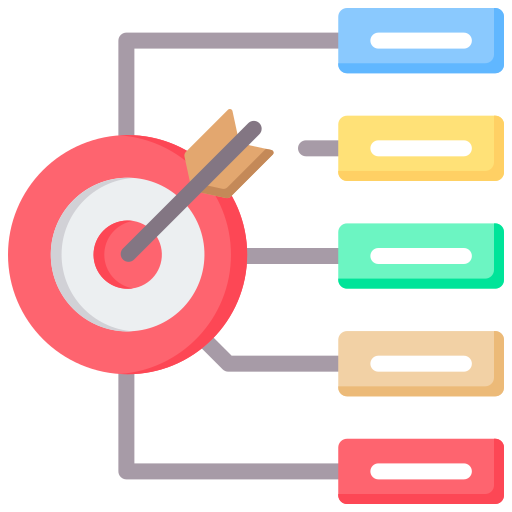
Define Clear Objectives
Clearly outline the objectives of your employee monitoring program. Whether it’s improving productivity, enhancing collaboration, or ensuring compliance, defining goals will guide the implementation process.

Select Appropriate Tools
Choose employee monitoring software that aligns with your objectives and organizational structure. Consider factors such as remote accessibility, real-time tracking, and compatibility with existing systems.

Develop Comprehensive Policies
Craft well-defined employee monitoring policies that balance organizational needs with individual privacy. Clearly communicate the scope of monitoring, what data will be collected, and how it will be used.
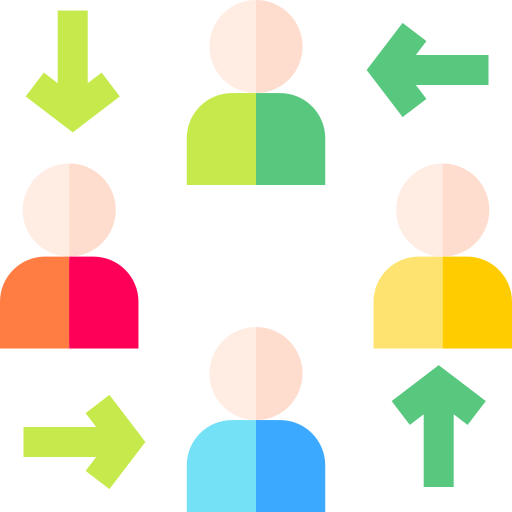
Establish Communication Channels
Implement clear communication channels for feedback and queries related to employee monitoring. Create an open dialogue where employees can express concerns, seek clarification, and actively participate in the monitoring process.

Regular Evaluation and Adjustment
Continuously evaluate the effectiveness of your monitoring program & collect feedback from both employees and management. Use this input to make adjustments, ensuring that the program evolves to meet changing organizational needs and employee expectations.
Employee Monitoring in Different Industries
As employee monitoring becomes integral across sectors, it’s crucial to recognize how diverse industries tailor their approaches to align with unique needs and challenges. Our industry-focused insights shed light on effective strategies in IT and software, freelancing, healthcare, and online education.

IT and Software
Considering employee monitoring in IT and software development, precision and collaboration are significant. As such, real-time tracking in the IT industry ensures immediate visibility into team activities, promoting seamless collaboration.

Freelancers
Freelancers thrive on autonomy but face challenges in time management. As such, monitoring employees who are freelancers emphasizes individual productivity, work milestones, and efficient client communication. Statily provides a comprehensive suite of tools to empower your freelance business, enhance productivity, and propel your success.

Healthcare
Employee monitoring in healthcare prioritizes adherence to schedules, manages shifts, compliance with regulations, and patient confidentiality. The software will assist in tracking the number of hours an employee has worked, providing information on their total work hours and other relevant details.

Online Education
Effective employee monitoring in online education demands adaptive monitoring strategies. With a focus on enriching the virtual learning experience, monitoring becomes a driving force for educational innovation.
But, how do industries approach employee monitoring?
Each industry adapts employee monitoring tools to its specific workflow, emphasizing key performance indicators crucial for success.
While IT focuses on project delivery, freelancers prioritize individual productivity. Healthcare centers on regulatory compliance, and online education seeks to enhance the learning experience. So, understanding industry-specific needs is pivotal.
Future of Employee Monitoring
As workplaces continue to evolve, the future of employee monitoring lies in the integration of advanced technologies and a focus on employee well-being. Now, let’s explore some upcoming trends in employee monitoring.
AI and Predictive Analytics
Trend : AI-driven employee monitoring transforms performance tracking. Hence, advanced algorithms predict behaviors, offering insights into productivity trends.
Implications : Companies use AI to forecast work patterns, identify issues, and suggest personalized development. However, ethical concerns arise with deeper data analysis, requiring careful privacy considerations.
Biometric and Wearable Tech
Trend : Rising use of biometrics and wearables for real-time monitoring. So, facial recognition and smart badges track activities, health, and emotions.
Implications : Balancing security and well-being benefits, companies must address data security, privacy, and potential misuse. As such, managing a productivity-monitoring balance while respecting boundaries is critical.
Remote Work Monitoring
Trend : Increased demand for tools beyond traditional metrics. Therefore, these can evolve to measure collaboration, communication, and mental well-being in remote environments.
Implications : Companies can manage productivity vs autonomy balance in case of remote workers. Hence, thoughtful implementation prioritizing collaboration and well-being encourages positive virtual work culture.
Reflection
Employee monitoring isn’t about policing your workforce, it’s about empowering them. When done right, it creates a transparent and data-driven environment that benefits both individuals and the organization as a whole. In the remote work era, it’s a tool that bridges physical gaps, highlights performance trends, and uncovers opportunities for growth. By embracing employee monitoring, you’re not adopting surveillance but you’re implementing a collaborative path to success.
Feel free to share your thoughts on employee monitoring and its role in encouraging collaboration and success in the modern workplace. Your comments are valuable to us!
Comments